Chinese has selected a third group of astronauts for the nation’s coming space station, the China Manned Space Agency announced on Oct. 1.


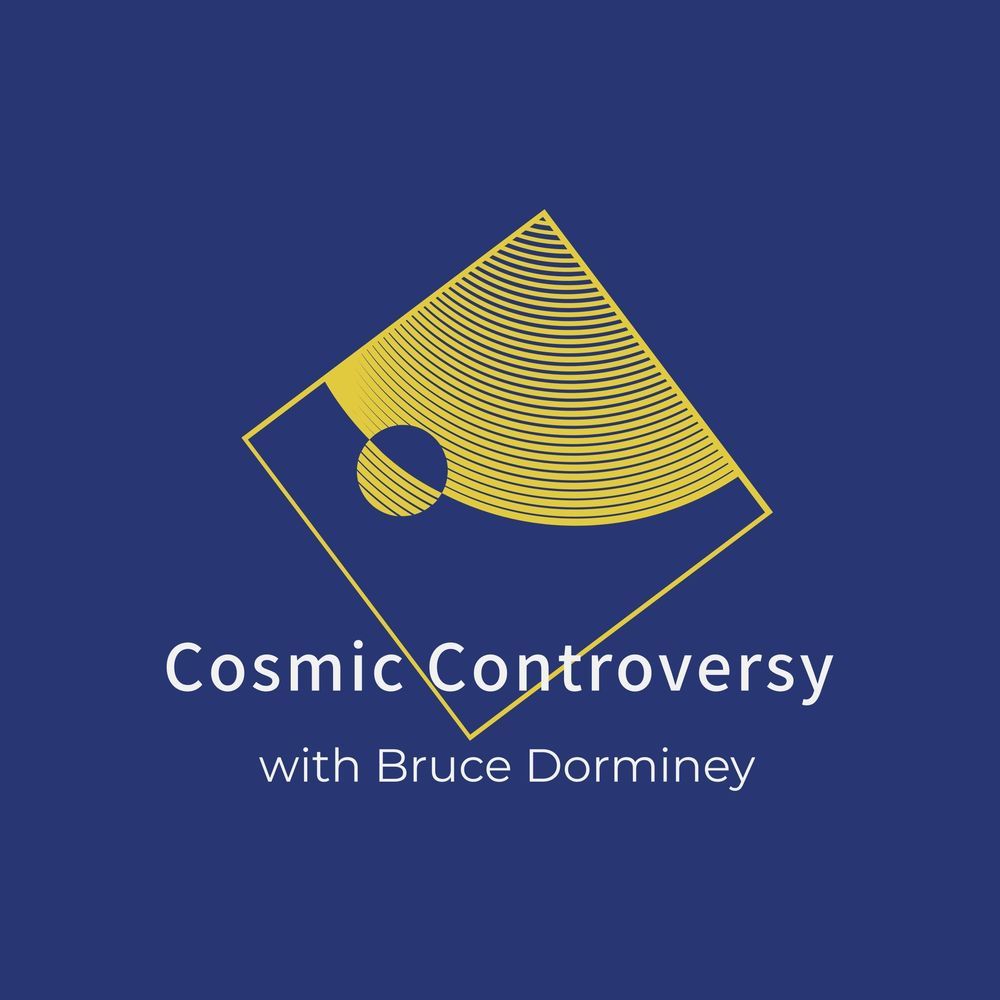
Great new podcast episode on our strange planet Mercury with planetary geophysicist Catherine Johnson, who eloquently explains what’s known about our tiny, innermost planet’s many remaining mysteries. Please have a listen.
Guest Catherine Johnson, a planetary geophysicist at the University of British Columbia in Vancouver, discusses this bizarre little world; the innermost planet in our solar system. A planet that’s so close to our Sun that its surface temperatures can hit 800 F. But surprisingly, its poles harbor enough water ice to completely bury a major metropolis. Some have even argued that Mercury may have once been habitable. Where it formed still remains a mystery, but it does have a tiny magnetic field, a very oversized iron core, and one of the largest impact basins in the solar system. A European mission is currently en route to orbit the planet in 2025.
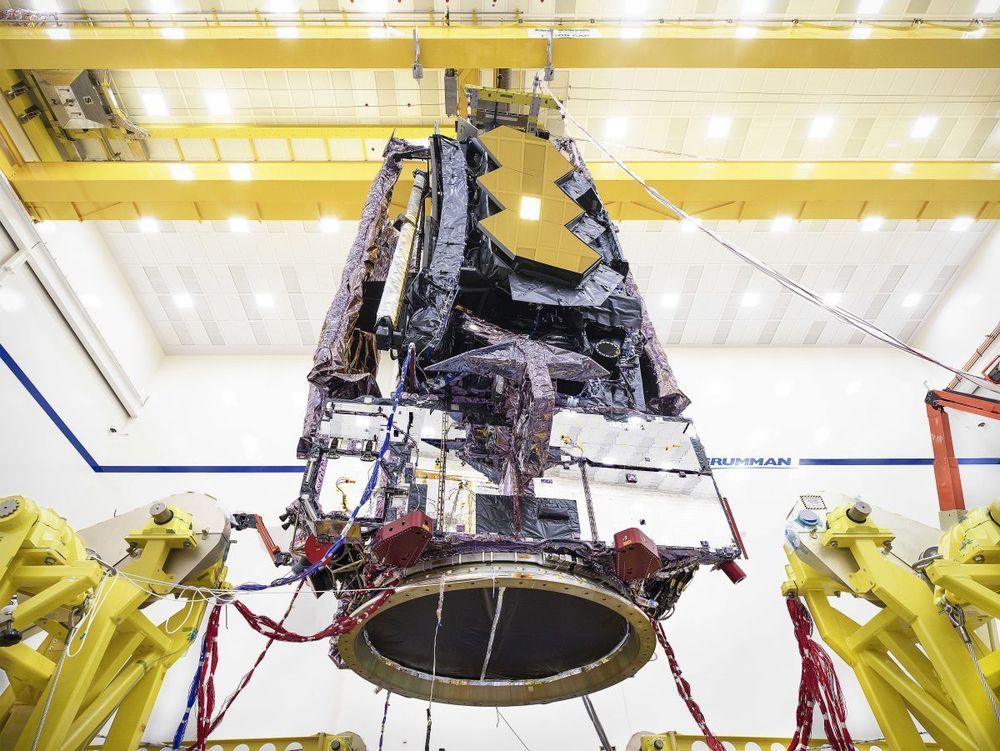
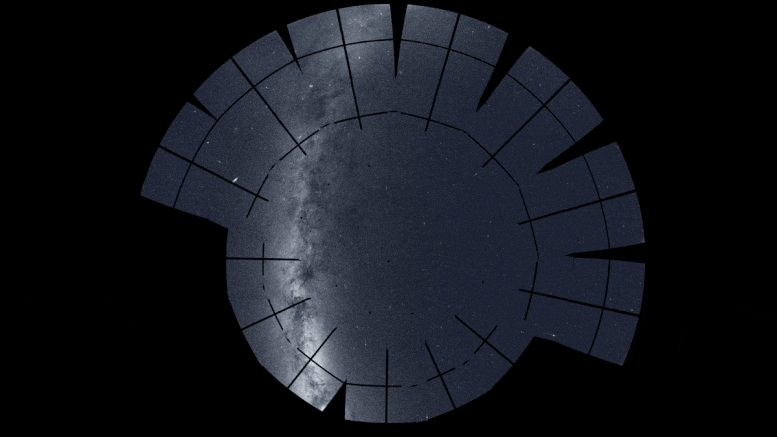
NASAs Transiting Exoplanet Survey Satellite (TESS) spent nearly a year imaging the northern sky in its search for worlds beyond our solar system. Explore this panorama to see what TESS has found so far.
Familiar stars shine, nebulae glow, and nearby galaxies tantalize in a new panorama of the northern sky assembled from 208 images from NASA’s Transiting Exoplanet Survey Satellite (TESS).
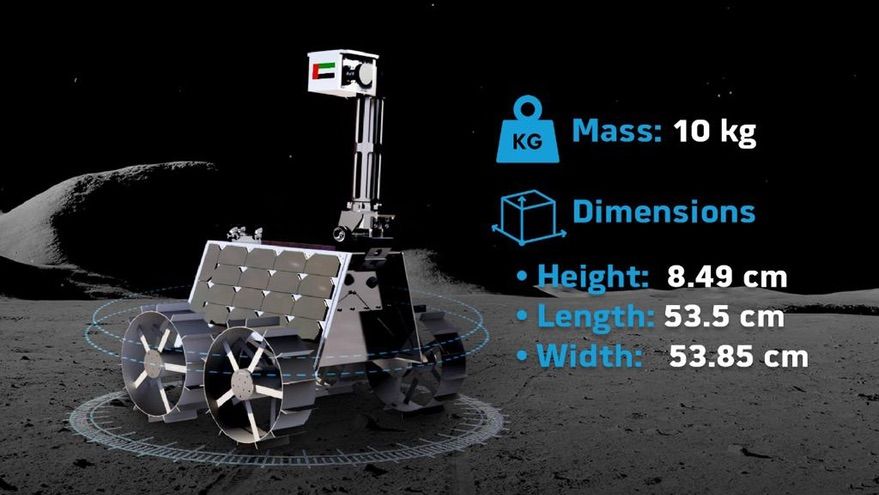
WASHINGTON — The United Arab Emirates plans to send a small rover to the moon in 2024, the latest step in the country’s growing space ambitions.
Sheikh Mohammed bin Rashid, vice president and ruler of Dubai, formally announced the Emirates Lunar Mission Sept. 29. That mission will place a small rover on the moon carrying several instruments that officials with the country’s space agency say will complement lunar missions by other nations.
“Primarily, we would like to advance our capabilities and technologies,” said Hamad Al Marzooqi, project manager for the Emirates Lunar Mission at the Mohammed Bin Rashid Space Centre, in an Oct. 5 interview. “Since we’re going to the moon, it would be a shame if we don’t do interesting science there.”
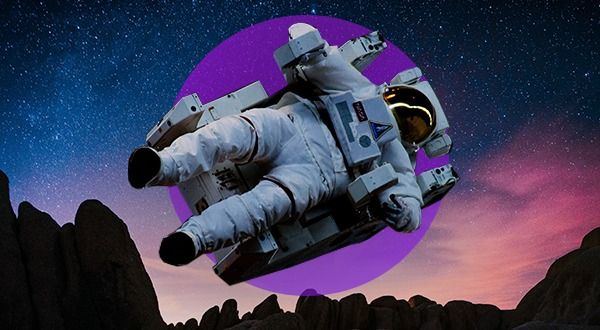
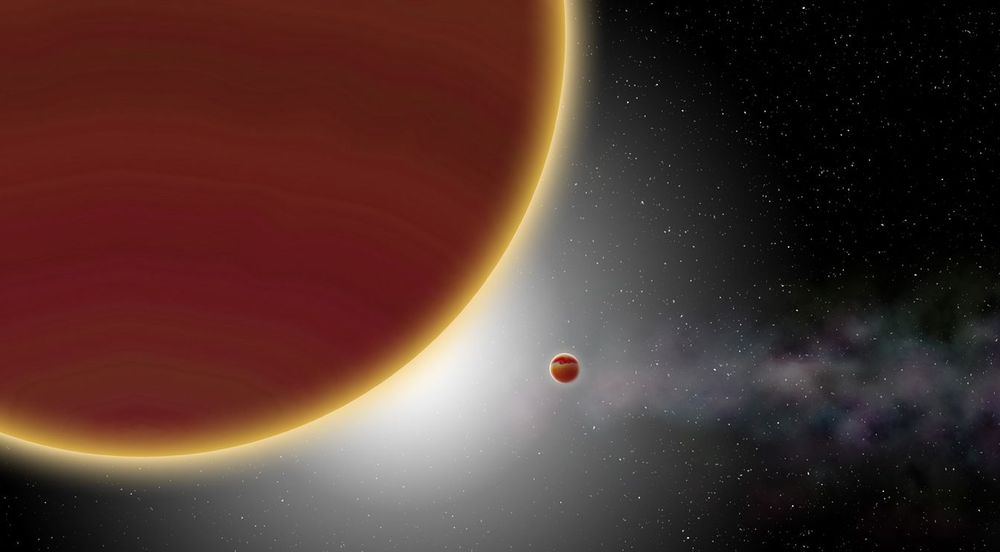
The last few decades of astronomical surveys have revealed several thousand exoplanets in the cosmos, but very few have ever been seen directly. We can only infer the presence of most exoplanets from their gravity or ability to block starlight. However, researchers using the Very Large Telescope (VLT) in Chile recently turned it toward a star 63 light-years away called Beta Pictoris to hunt for a gas giant (Beta Pictoris c), and they snapped an image of it.
Our current level of technology makes it almost impossible to image exoplanets directly. Compared with stars, planets are so dim that we usually can’t resolve them in the halo of light. Beta Pictoris c joins a list of less than two-dozen extrasolar worlds (including Pictoris b) that scientists have spied directly, and some of those are still highly contentious.
Scientists were able to get this new image thanks to all the interest in the Beta Pictoris system over the years. Beta Pictoris c and its sibling world Beta Pictoris b are less than two million years old. Pictoris b was discovered via direct imaging, which again, is quite rare. However, anomalies in its radial velocity prompted astronomers to look closer. Radial velocity analysis is a less common way of detecting exoplanets that relies on using telescopes to detect small wobbles in stars caused by the gravity of their planets. Just last year, a team discovered Beta Pictoris c while attempting to explain those anomalous radial velocity readings.
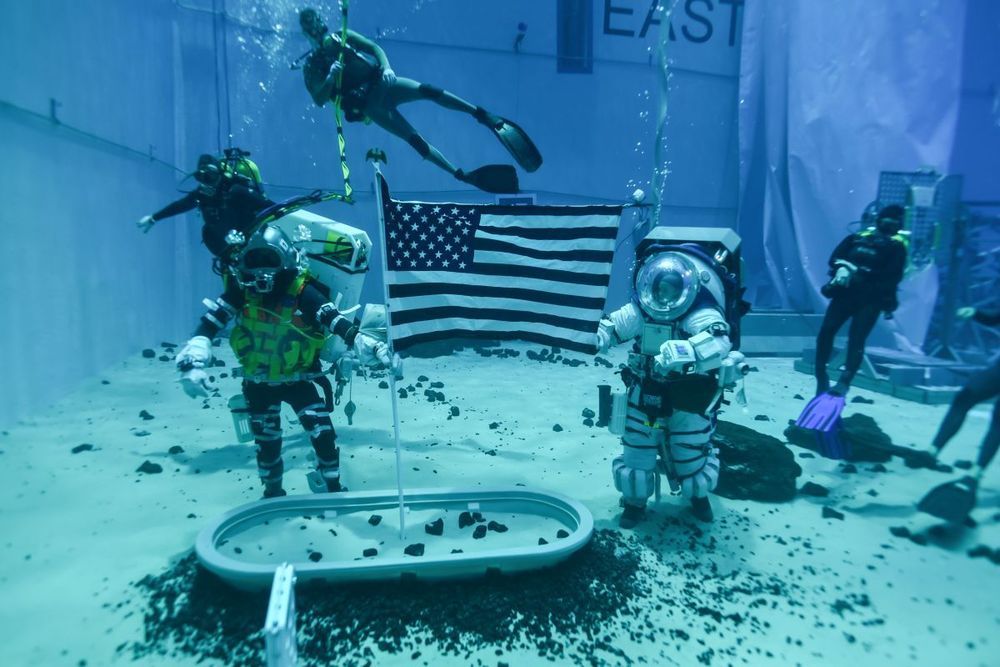
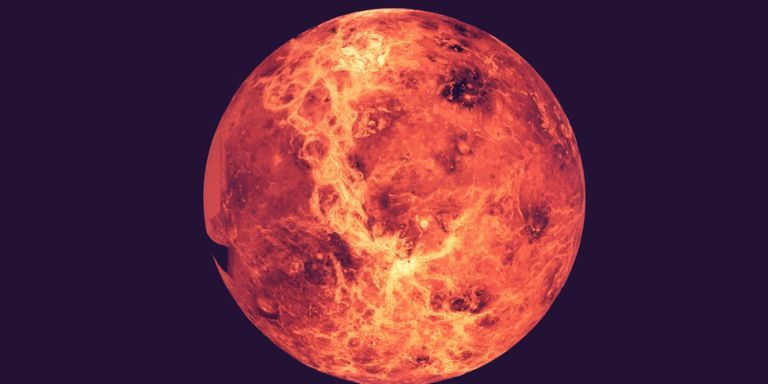
At 870 degrees Fahrenheit and 90 times Earth’s atmospheric pressure, we’re going to need something a little more robust than your Macbook to run future rovers.
Humanity has sent four rovers to Mars, and worldwide there are four more missions in the works to continue populating the red planet with robotic explorers. Why haven’t we sent a rover to Venus, our other next door planetary neighbor? Because the caustic surface of Venus will incinerate electronics with its 872º F temperatures and seize mechanical components with its immense atmospheric pressures. At 90 times the surface pressure of Earth, the surface of Venus is the equivalent of being almost 3,000 feet underwater.
The Great Galactic Ghoul might devour half the spacecraft we send to Mars, but Venus torched any ghouls living there long ago.
Fortunately, NASA recently took a big step toward achieving the dream of a Venusian rover. As reported by Ars Technica, researchers at the NASA Glenn Research Center built a computer chip that survived Venus-like conditions for an impressive 521 hours, almost 22 days. Even then, the experiment had to end not because the chip was breaking down, but because the Glenn Extreme Environments Rig (GEER) —the chamber that maintains simulated Venus temperatures and pressures—needed to be shut down after running for over three weeks straight.
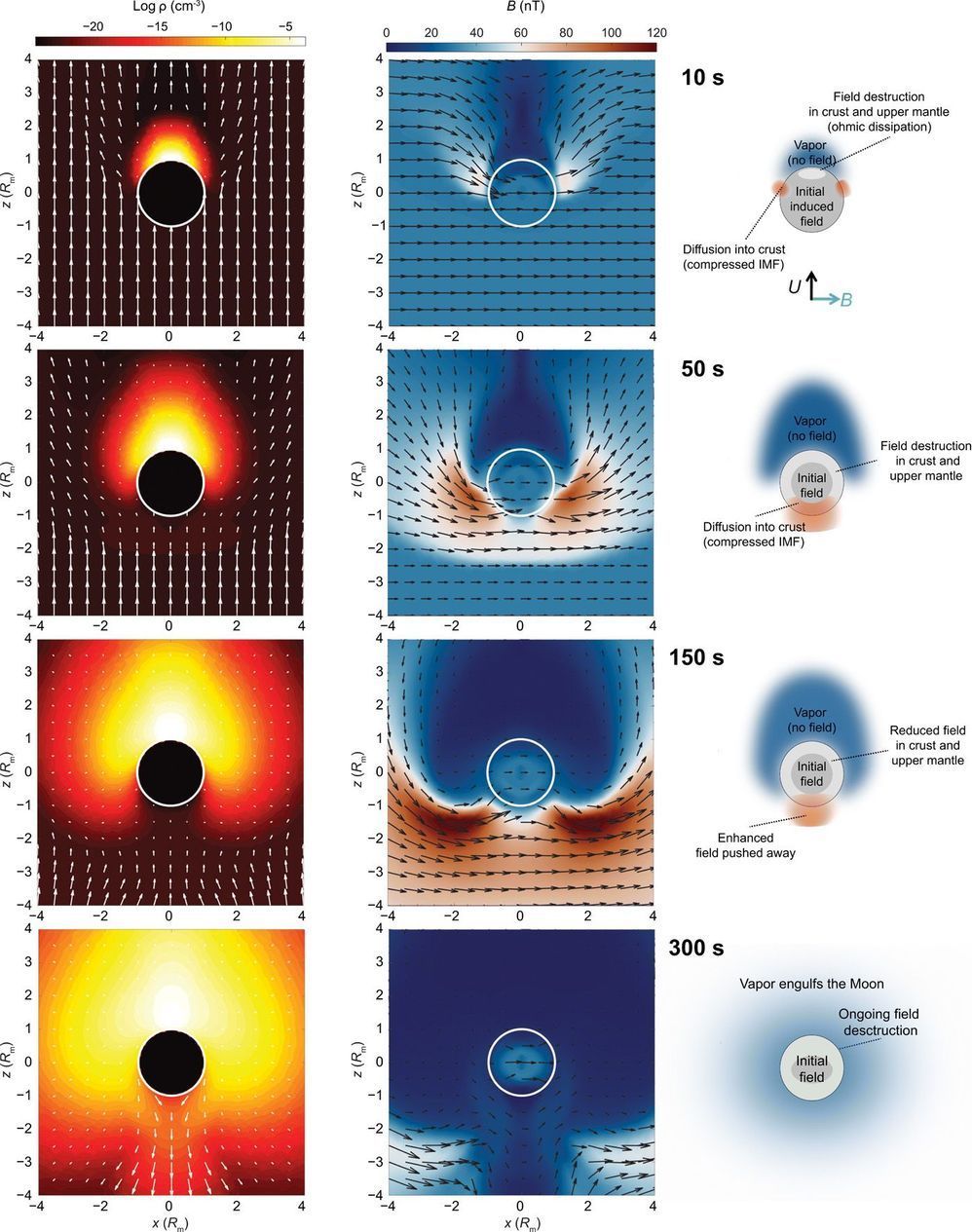
The crusts of the Moon, Mercury, and many meteorite parent bodies are magnetized. Although the magnetizing field is commonly attributed to that of an ancient core dynamo, a longstanding hypothesized alternative is amplification of the interplanetary magnetic field and induced crustal field by plasmas generated by meteoroid impacts. Here, we use magnetohydrodynamic and impact simulations and analytic relationships to demonstrate that although impact plasmas can transiently enhance the field inside the Moon, the resulting fields are at least three orders of magnitude too weak to explain lunar crustal magnetic anomalies. This leaves a core dynamo as the only plausible source of most magnetization on the Moon.
The Moon presently lacks a core dynamo magnetic field. However, it has been known since the Apollo era that the lunar crust contains remanent magnetization, with localized surface fields reaching up to hundreds of nanoteslas or higher and spanning up to hundreds of kilometers (1). Magnetic studies of Apollo samples and the lunar crust indicate that the magnetizing field likely reached tens of microteslas before 3.56 billion years (Ga) ago (1, 2). The origin of the strongest lunar crustal anomalies and the source of the field that magnetized them have been longstanding mysteries.
Although magnetic fields in rocky bodies are commonly explained by convective dynamos in their metallic cores, a convective dynamo on the Moon may not have had sufficient energy to produce the strongest implied surface paleofields (3, 4). This may imply that a fundamentally different nonconvective dynamo mechanism operated in the Moon or that a process other than a core dynamo produced such magnetization.